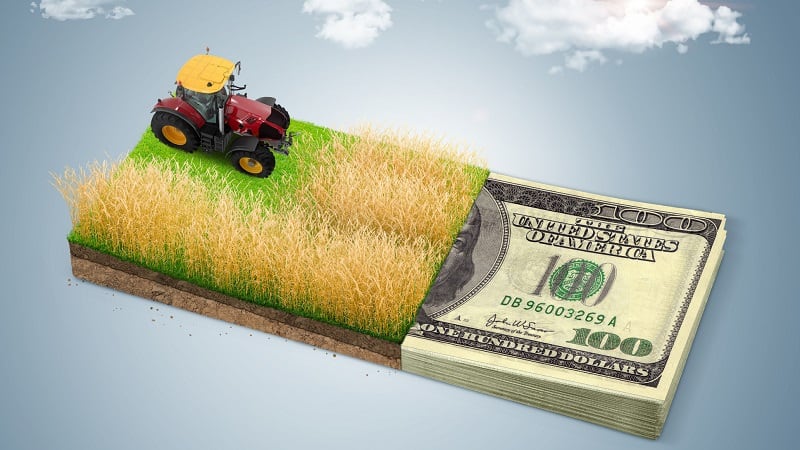The latest agricultural lending statistics provided by the Australian Prudential Regulatory Authority (APRA) reported that the aggregate value of loans increased from A$123.6 bn (U$80.34 bn) to A$131.4 bn (U$85.41 bn) from 30 June 2024 to 30 June 2025. Lending to the farm sector increased in all states and territories during this period.
Western Australia and South Australia saw the largest percentage increases at 12% and 7% respectively.
The distribution of debt is spread unevenly across farms, however, with broadacre and dairy farms accounting for more than half of the aggregate value of loans.
“However, while lending to the farm sector increased in all states and territories during 2023–24, the distribution of debt is spread unevenly across farms. In 2023–24, 5% of broadacre and dairy farms accounted for 52% of the aggregate value of loans in these two industries,” said Greenville.
The remaining 48% of debt was accounted for by 45% of farms. Around half of broadacre and dairy farms were carrying little or no debt in 2023–24.
According to the latest ABARES report, the profitability of broadacre farms in Australia fell sharply in 2023–24.
This was mainly due to lower farmgate prices for beef cattle, sheep and wool, as well as below-average rainfall in some of Australia’s key broadacre cropping regions.
Average farm cash income in 2023–24 was estimated to have been A$200,300 (U$130,195) per farm.
Moving forward, production is expected to fall by 2.8% to A$90.7bn ($U58.96bn) in 2025-26, driven by lower crop and livestock production volumes.
Dairy farming profitability also fell in 2023–24 from the record high levels in the previous two years.
The average farm cash income of dairy farms was estimated to have been A$369,700 (U$240,305) per farm, while average farm business profit fell by 24%.
ABARES expects profitability of dairy farming to decline further in 2024–25 due to lower farmgate prices for milk.
Continued confidence in sector?
This rise was a reflection of ongoing capital investment and continued confidence in Australian agriculture, said ABARES Executive Director Jared Greenville.
At the same time, there was a decline in profitability, which likely contributed to the rise in debt.
According to ABARES farm survey data, there was an increase in debt for working capital purposes in 2022–23 and 2023–24, reflecting the decline farm profitability.
“While the increase in lending to the farm sector in 2023–24 likely reflects continued new investment in the sector, it is also the case that the sharp decline in the profitability of farming in 2023–24 will have played a part, by delaying the repayment of existing loans and increasing the need for working capital,” said the report.
The report noted that long-term trends in lending to the farm sector continue to be influenced by the sector’s profitability.


